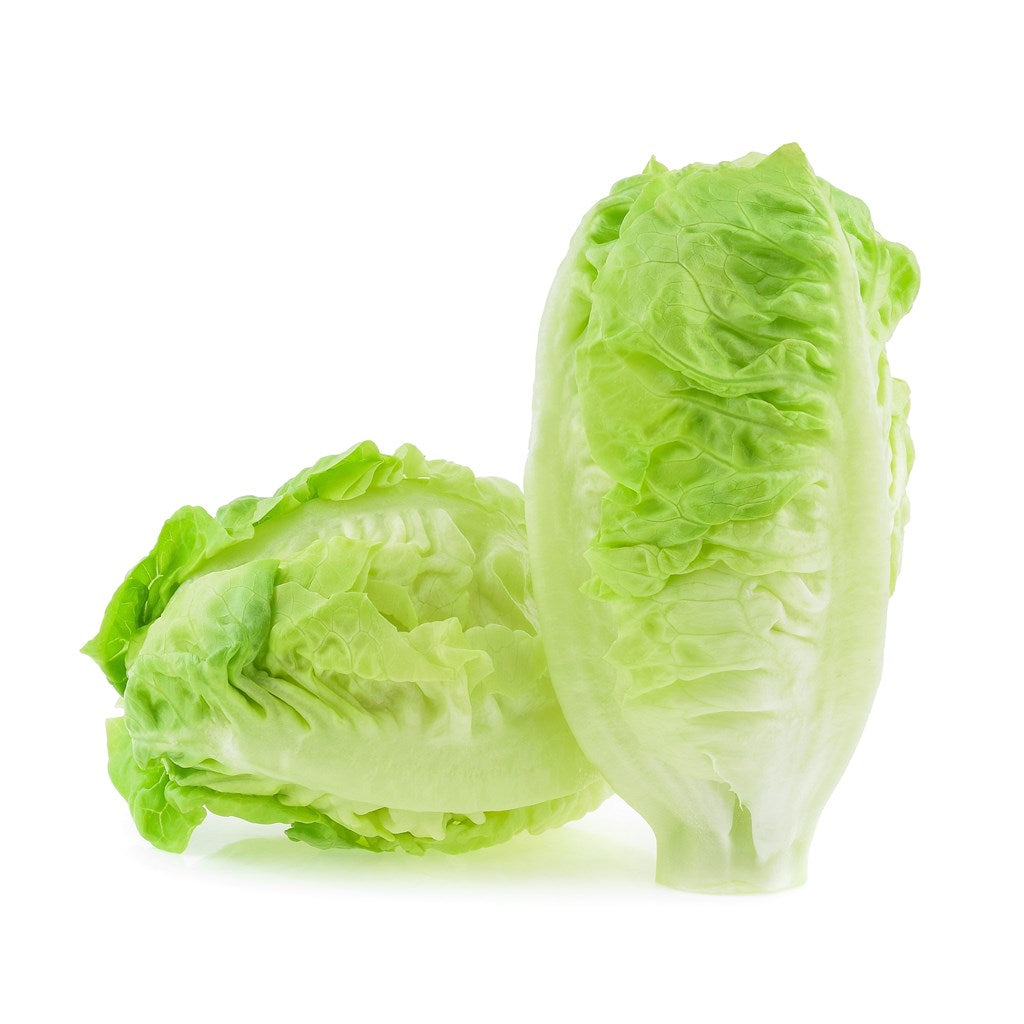Romaine lettuce
Family
Asteraceae
Origin
Italy
Description
Romaine or cos lettuce is a variety of lettuce (Lactuca sativa L. var. longifolia) that grows in a tall head of sturdy leaves with firm ribs down their centers. Unlike most lettuces, it is tolerant of heat.
Environment
Cos Lettuce needs part sun & loamy soil. Lettuce prefers soil that is high in humus, with plenty of compost and a steady supply of nitrogen to keep if growing fast. Use organic compost or a slow-release fertilizer.
Before you plant your lettuce seeds, make sure the soil is prepared. It should be loose and drain well so it™s moist without staying soggy. To keep the soil fertile, feed it with organic matter about one week before you seed or transplant. Since the seed is so small, a well-tilled seedbed is essential. Large clods will reduce germination.
Plant 8 inches apart. rows of plants should be 12 to 15 inches across. Cover the seeds with ¼ to ½ inch of soil
Consider planting rows of chives or garlic between your lettuce to control aphids.
Because lettuce grows quickly, the best approach is to plant a small amount at a time, staggering your plantings.
Plant your broccoli where it will get least 6 hours of sun daily and has fertile, well-drained, moist soil with plenty of organic matter.
The right pH and the organic matter help ensure that nutrients, particularly essential micronutrients like boron, are readily available. A boron deficiency can cause broccoli to develop hollow stems, but adding too much is toxic to plants
Broccoli is a moderately heavy feeder, so work in two to four inches of rich compost or a thin layer of well-aged manure before planting.
Landscape Use
Containers, Small Vegetable Garden




















